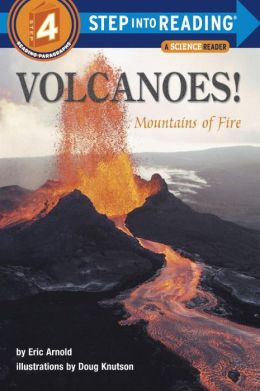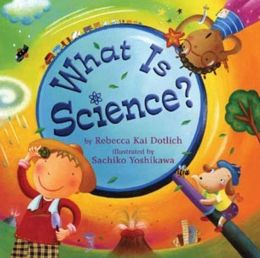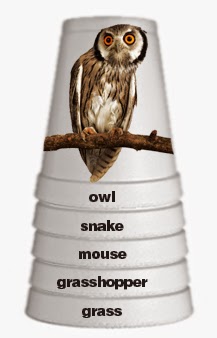10 Fun Web Activities for Little Scientists
1. Brain Pop
This website ranges from learning about energy sources to learning about all different types of weather!
http://www.brainpop.com/science/
2. Zoom Dinosaurs
Zoom Dinosaurs has a variety of activities, games and other learning experiences for children to gain a further understanding of dinosaurs.
3. Exploring Nature
This site includes links and other activities that teach children about weather concepts, animals and plant life, and the solar system.
http://www.exploringnature.org/db/detail.php?dbID=27&detID=1190
4. National Geographic Kids
Of course, National Geographics, one of the most popular sources for children to learn about any topic and research any of their interests.
http://kids.nationalgeographic.com/kids/
5. Kids Biology
KidsBiology.com provides information about the human body, animal, and plant make up. It is an interesting and engaging site for children.
http://kidsbiology.com/
6. Kids Do Ecology
This site provides resources, research and information about ecology. It also has fun project ideas and games.
http://kids.nceas.ucsb.edu
7. Learners.org
This site is about rocks and minerals. It is an interactive game that children can work through to learn different rock types.
http://www.learner.org/interactives/rockcycle/swfs/rockCycle.swf
8. Best 1000 Games
There are a variety of games on this site. Each provide a different kind of virtual experience for children that allow them to explore different science topics.
http://www.best1000games.com/cat/education/virtual-games/
9. Turtle Diary
Similar to Best 1000 Games, Turtle Diary is a combinations of different subject areas. All the games offer valuable information about each topic.
http://www.turtlediary.com/science-games.html
10. Reeko's Mad Science Lab
Reeko's Mad Science Lab is filled with different science project ideas. It gives directions and explanations to each science concept.
http://reekoscience.com/category/science-experiments/































